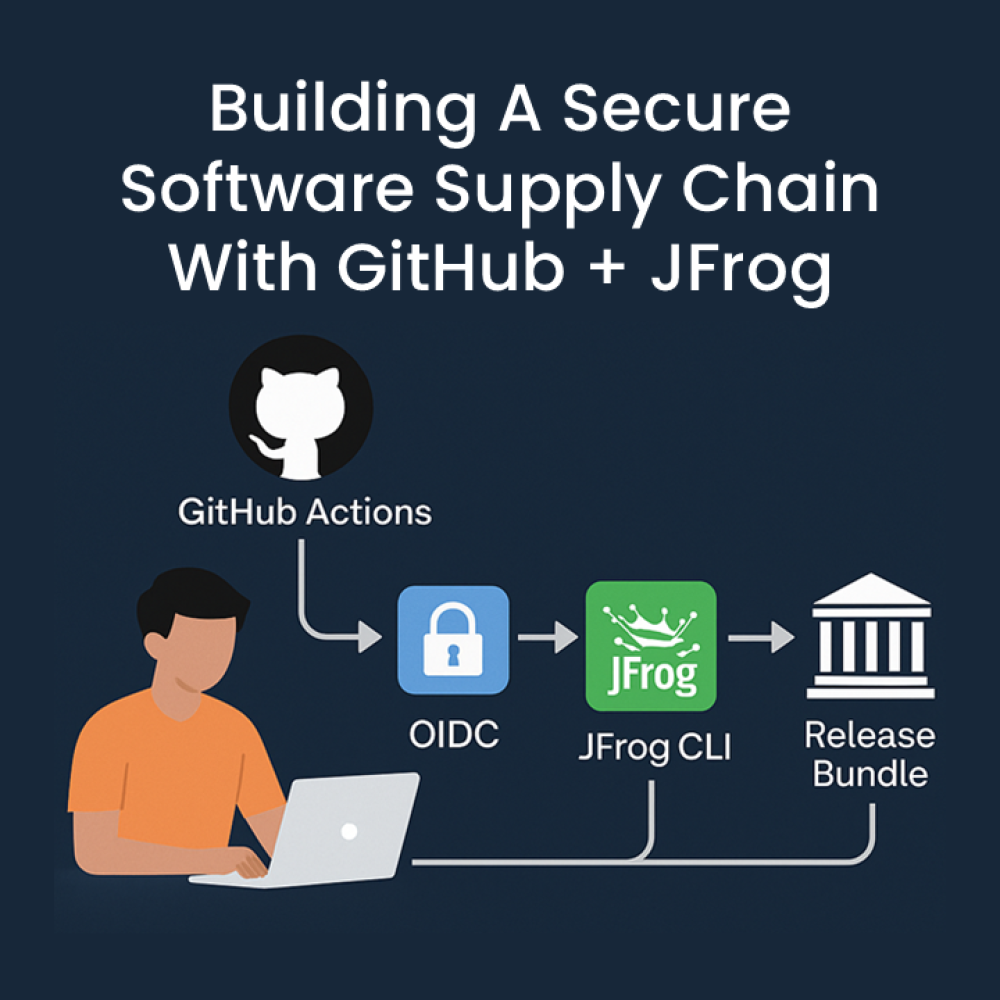As organisations continue to collect more diverse data, it is important to consider a strategic & viable approach to unify and streamline big data analytics workloads, ensuring it is optimised to drive data-driven decisions and enable teams to continue innovating and create a competitive edge. Traditionally, data warehousing has supported the need for ingesting and storing structured data, and the data lake as a separate platform for storing semi-structured/unstructured data. The data lakehouse combines the benefits and capabilities between both and bridges the gap by breaking silos created by the traditional/modern data warehouse, enabling a flexible and modern data platform to serve big data analytics, machine learning & AI workloads in a uniform manner.
What is a Data Lakehouse?
A data lakehouse is a modern architecture that merges the expansive storage of a data lake with the structured data management of a data warehouse. Data lakehouse platforms offer a comprehensive & flexible solution for big data analytics including Data Engineering and real-time streaming, Data Science, and Machine Learning along with Data Analytics and AI.

Key Benefits of Implementing a Data Lakehouse:
There are many benefits that can be derived from implementing a data lakehouse correctly:
- Enhanced Data Accessibility: Centralising structured and unstructured data in one location makes data-driven decision-making more efficient. Datasets can be combined to build unified & enriched views to answer business questions & drive faster decision-making.
- Scalability and Flexibility: The data lakehouse architecture is underpinned by scalability & resilience, easily adapts to growing data needs, maintaining performance and accommodating business growth
- Improved Data Governance and Quality: A data lakehouse architecture incorporates a unified data governance layer to ensure data quality, data integrity, and compliance controls are embedded, which is essential for organisations dealing with sensitive data.
- Cost-Effectiveness: By integrating storage and analytics, the data lakehouse reduces the complexity and Total Cost of Ownership (TCO) of managing separate platforms. Maintaining a data warehouse & data lake in silos have historically led to increased development time and operational overhead with challenges around integrating datasets correctly for analytics purposes.
- Advanced Analytics and AI Integration: The data lakehouse platform provides a foundation for other use cases to benefit from, such as enabling predictive analytics & machine learning to unlock new business opportunities.
Azure Data Lakehouse Architecture:
The following are some of the key services/components that constitute a typical Data Lakehouse platform hosted on Microsoft Azure:
- Azure Data Factory (ADF): ADF is a fully managed & serverless data integration solution that enables data teams to build, schedule & orchestrate data transformation (ELT/ETL) workflows
- Azure Blob / Azure Data Lake Storage: provides a scalable and secure data lake that supports big data analytics.
- Azure Synapse Analytics: This service integrates big data and data warehouse technologies, enabling large-scale analytics to serve curated data to downstream consumers.
- Azure Databricks: An Apache Spark-based analytics platform optimized for Azure, used heavily for big data processing, data transformation, and machine learning. Databricks also offers unity catalog to apply data governance and metadata management along with Delta Lake storage to process and transform incremental data as it lands in the data lakehouse environment.
- Azure Purview: Provides a unified view of data governance, providing data discovery, cataloging, and insights across the data estate deployed on Azure.
- Power BI: A business analytics / BI dashboarding & reporting solution for visualising data and sharing insights across the organisation.
Key Considerations when transitioning to a Data Lakehouse:
The following are key considerations that need to be factored in when transitioning or migrating from traditional data warehouses/data lakes to the Data Lakehouse:
- Data Migration Complexity: Shifting from a traditional data warehouse & data lakes to a data lakehouse can be complex, especially the data migration activities. Ensuring data integrity is maintained during this transition is crucial. Due to the nature of the structured data in a warehouse, this needs to be carefully mapped to the target schemas and tables in the data lakehouse and validated prior to deploying the workloads to production.
- Skillset and Training: The new data lakehouse architecture will require upskilling of the data platform team and an understanding of Azure’s environment and tools is essential for a smooth transition.
- Cost and Resource Management: While the data lakehouse is cost-effective in the long run, the initial setup of a data lakehouse might require significant investment in terms of resources and time.
- Data Governance and Security: Implementing robust data governance and security protocols is vital. This transition might require revising existing policies to accommodate the data lakehouse model.
- Integration with Existing Systems: Integrating the data lakehouse with existing IT infrastructure can be challenging. It’s essential to ensure compatibility and minimal disruption to current BAU operations.
- Performance Optimization: A data lakehouse can handle big data quantities, but it requires careful management and optimisation to maintain high performance and scalability to support future growth.
Implementing a Data Lakehouse: Quick Wins for Success
The following are small, actionable steps that organisations can take when considering to implement a Data Lakehouse platform:
- Start with Manageable Data Sets: to build the foundation for data ingestion, data processing & preparation & serving the data to downstream systems/visualisation tools. This can then be scaled out to other datasets or data sources.
- Use Cloud-Native Tools: These are optimised for the data lakehouse architecture and ensure seamless integration across the data estate. For example, leveraging Azure Databricks provides many features and capabilities to implement efficient data processing (in alignment with the medallion design pattern) to ingest raw data, process and transform this data, and serve enriched data to downstream systems
- Ensure Data Quality: Implement data governance practices, processes, and controls from the initiation of the data lakehouse right through to implementation and operationalisation.
- Invest in Training: Equip your data team with the necessary skills to leverage cloud data lakehouse platforms to their fullest potential.
- Seek Expertise: Collaborate with consultants to navigate and simplify the complexities of setting up a data lakehouse.
Conclusion
In summary, the data lakehouse is a pathway to unlocking the full potential of your data, fostering innovation, and driving business growth. With the right components and strategic approach, your organisation can leverage Data Lakehouses to stay ahead of the curve, while maintaining a unified, cost-effective data platform deployed on your Cloud environment.
TL Consulting are a solutions partner with Microsoft in the Data & AI domain. We offer specialised and cost-effective data analytics & engineering services tailored to our customer’s needs to extract maximum business value. Our certified cloud platform & data engineering team are tool-agnostic and have high proficiency working with traditional and cloud-based data platforms and open-source tools.
Refer to our service capabilities to find out more.


